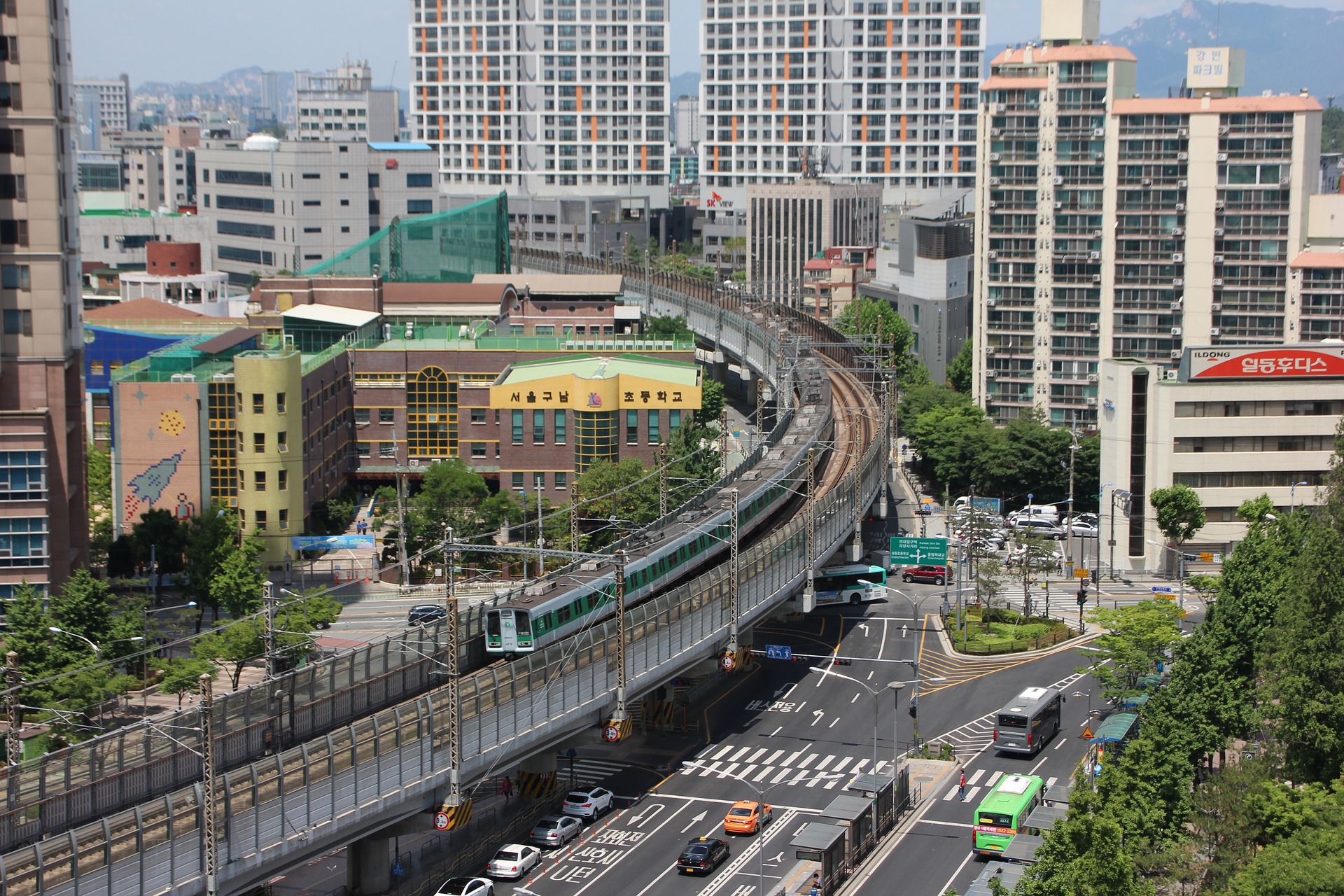212 results found
The COVID-19 pandemic has disrupted all of our lives. And amidst the crisis it is impossible to envision how long it will last, or how life will be different once it is over. On the issue of mobility, however, a recent report by McKinsey & Co offers an optimistic forecast: this short period of disruption won’t affect existing major trends.
While infrastructure is a driver of economic prosperity and can provide a solid basis for strong, sustainable, balanced and inclusive growth, it is not a given that infrastructure investment will fully realise these aims without visionary planning and commitment. For infrastructure investment to deliver a more sustainable, resilient and inclusive global recovery, we need to create the right enabling environment now.
Now is the perfect time for countries to improve the way they plan and deliver quality infrastructure, to provide greater security against the next global crisis - find out how InfraCompass is here to help.
We speak to Sue Barrett, EBRD to find out how the implementation of inclusive infrastructure can be practically achieved at the project level.
Mentors have played a vital role in supporting the top 20 teams hone their applications for the Global Infrastructure Hub’s (GI Hub) InfraChallenge competition, despite the challenges of a global pandemic.
Infrastructure can play a significant role in economic recovery of the post-COVID world. It's critically important for coronavirus stimulus measures to focus on projects that not only grow the economy, but also anticipate the impact of future risks, particularly climate change.
Infrastructure can play a pivotal role in stimulating economies such as Australia’s, that are heading towards a downturn as a result of the pandemic.
The world is changing, and collectively we are underprepared for many of the challenges ahead. The Global Infrastructure Hub’s vision for the ideal future is a world where sustainable, resilient and inclusive infrastructure works for all people.
Is ESG investment just a passing fad? What is the future of China’s Belt and Road Initiative? And does the Covid-19 pandemic mean we must reassess climate change targets? Our CEO Marie Lam-Frendo answers questions on the future of infrastructure.
In keeping with our mission to support the G20 to drive an ambitious infrastructure agenda, InfraCompass 2020 harnesses data from leading organisations around the world - including the World Bank, World Economic Forum, and the OECD - to assist countries to identify reforms that lead to better infrastructure investment.
Disruptions as a result of Covid-19 have heightened the awareness of and desire to increase adoption of technology on many fronts, including infrastructure. We explore five ways that technology can revolutionise the infrastructure landscape for emerging economies.
How can cities absorb the influx of people without developing new and more efficient ways of building, transporting, and consuming resources? Without significant disruption across urban infrastructure, the cities of the future will struggle to keep up, much less make progress toward things like mitigating climate change or providing quality education to every student.
Insights into the The Schuphol-Amsterdam-Almere (SAA) program, which has been the largest PPP program in the Netherlands in the last decade.
This report assesses infrastructure PPP investments in an expanded list of Fragile and Conflict Affected States (EFCS2), as well as the PPP regulatory frameworks during the 2012-2016 period.
The Global Infrastructure Hub (GI Hub) has collaborated on this blog with Seungbeum Rho, a Specialist at the Korea Development Institute (KDI). This blog outlines some of the lessons learned in Korea on the topic of project preparation, which can be found in more detail in the GI Hub’s Reference Tool on Governmental Processes Facilitating Infrastructure Project Preparation.
 Project Preparation Tool
Project Preparation Tool
 Introduction: Laying the foundations and charting a way forward
Introduction: Laying the foundations and charting a way forward
 Enabling environment: what are the prerequisites required to facilitate the preparation of quality infrastructure projects?
Enabling environment: what are the prerequisites required to facilitate the preparation of quality infrastructure projects?
 Financing project preparation: how can governments effectively utilise project preparation financing sources?
Financing project preparation: how can governments effectively utilise project preparation financing sources?
 What are the benefits of well-planned and prioritised infrastructure investment?
What are the benefits of well-planned and prioritised infrastructure investment?
 How do you translate a concept into a bankable project?
How do you translate a concept into a bankable project?
 How should governments communicate projects?
How should governments communicate projects?
 Project Preparation in Indonesia – how has the government attracted private participation?
Project Preparation in Indonesia – how has the government attracted private participation?
 Project Preparation in India – how specialised institutional structures help in planning complex projects
Project Preparation in India – how specialised institutional structures help in planning complex projects
Increasingly, infrastructure leaders, investors and developers are recognising the need to not only increase the quantity of infrastructure investment globally to drive economic growth, but also the quality of infrastructure investment, to ensure that that growth and development is inclusive and sustainable.
Ambitions Beyond Growth- Economic and Social Survey of Asia-Pacific Region” by UN ESCAP 2019 reveals that achieving the Sustainable Development Goals by 2030 would require an annual additional investment of $1.5 trillion for Asia-Pacific developing countries – equivalent to five per cent of their combined GDP in 2018, or about four per cent in terms of the annual average GDP for the period 2016-2030.
Infrastructure Finance in the Developing World: Multilateral Lending Instruments for Infrastructure Financing - A report by the G-24 and the Global Green Growth Institute (GGGI). This paper is part of The Infrastructure Finance in the Developing World Working Paper Series, which is a joint research effort by GGGI and the G-24 that explores the challenges and opportunities for scaling up infrastructure finance in emerging markets and developing countries.
In light of the overwhelming needs for infrastructure finance in emerging and developing economies and the limitations facing alternative flows of financing, there is a clear role of MDBs to continue and in fact step up their activities. The Infrastructure Finance in the Developing World Working Paper Series is a joint research effort by GGGI and the G-24 that explores the challenges and opportunities for scaling up infrastructure finance in emerging markets and developing countries.




















